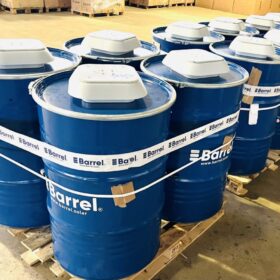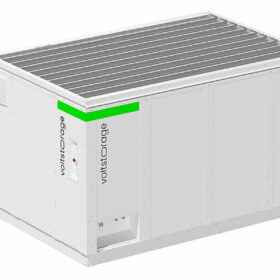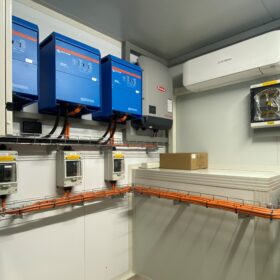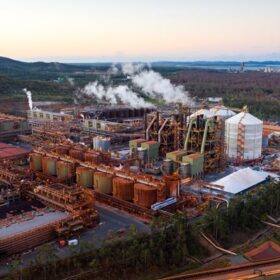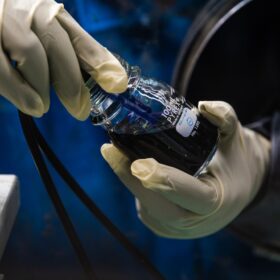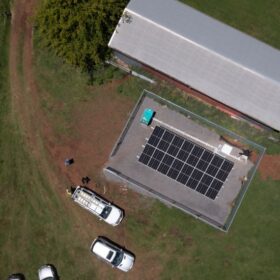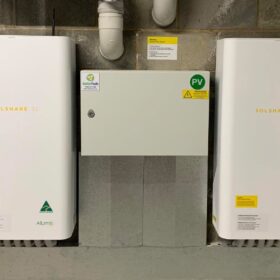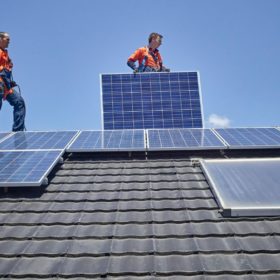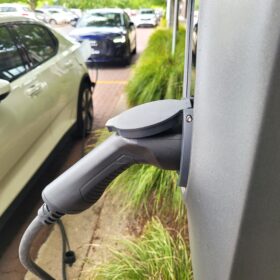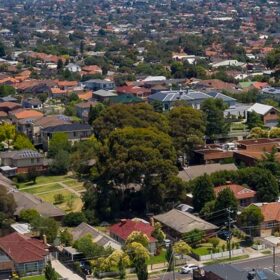Winter westerlies drive differences in rooftop solar across eastern Australia
Solar data and forecasting provider Solcast, a DNV company, has detailed the solar irradiance data it collected for Australia in June, showing that eastern New South Wales received irradiance about 15% above normal for the month, while central and western Victoria received totals 10-20% lower than normal.
Italian startup offers solar kits packed in barrels
Italian manufacturer Barrel claims that solar kits packed in barrels are ideal for remote areas and conflict zones. Its standard packages consist of 6 kW solar modules, a 5.6 kW single-phase hybrid inverter, and 3.55 kWh of lithium battery energy storage capacity.
AEMO reveals roadmap as it seeks to navigate path to 100% renewables in NEM
The Australian Energy Market Operator has released a report identifying the key engineering and operational activities it plans to undertake in the next 12 months to help prepare the country’s main grid to operate with 100% instantaneous renewables.
VoltStorage unveils vanadium redox flow battery for commercial use
Germany battery manufacturer VoltStorage has unveiled a containerised 50 kWh vanadium redox flow battery that is designed to optimise self-consumption in commercial and industrial PV systems.
Solar and storage solution to power Blyth big battery project
Construction activities at renewables developer Neoen’s 200 MW/400 MWh Blyth Battery project site in South Australia’s mid-north will be powered by solar with off-grid power solutions specialist Commodore Australia deploying a hybrid PV and storage system at the remote location.
Rio Tinto teams with Sumitomo to build hydrogen plant
Resources giant Rio Tinto will team with Japanese industrial heavyweight Sumitomo Corporation to build a green hydrogen production plant on Queensland’s central coast as part of a $111 million (USD 74.64 million) ‘world first’ project which aims to lower carbon emissions from the alumina refining process.
Flow battery capacity and longevity boosted by unexpected ingredient
Researchers at the Pacific Northwest National Laboratory in America have demonstrated the use of sugar water to improve the performance of flow batteries for grid-scale energy storage.
Solar-backed stand-alone power systems put to test in Victoria
Victorian network operator AusNet Services’ independent subsidiary Mondo Power has completed the installation and commissioning of 17 stand-alone power systems featuring PV and battery energy storage as part of its inaugural trial of the off-grid technology.
Australian technology provides solar sharing first for NZ
Australian startup Allume Energy’s SolShare platform, that allows multiple energy consumers to share the benefits of a single rooftop solar array, has been deployed in New Zealand for the first time with the technology installed at a three-storey public housing complex in Christchurch.
New app to calculate payback periods of rooftop PV systems
The Amortisator app, initially developed for the German market, is now available on the Apple and Google Play stores. Primarily targeting customer advisors, the app can be accessed for a monthly fee of €9.99 ($10.93).

